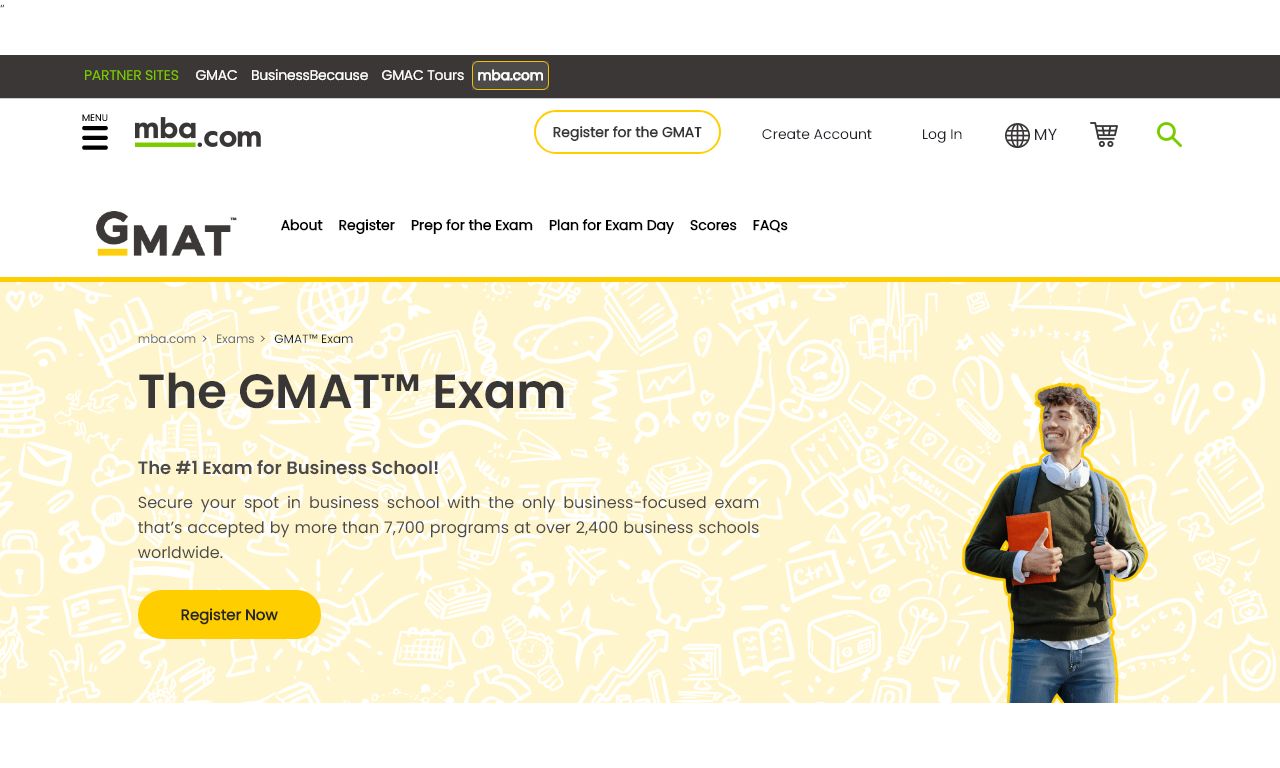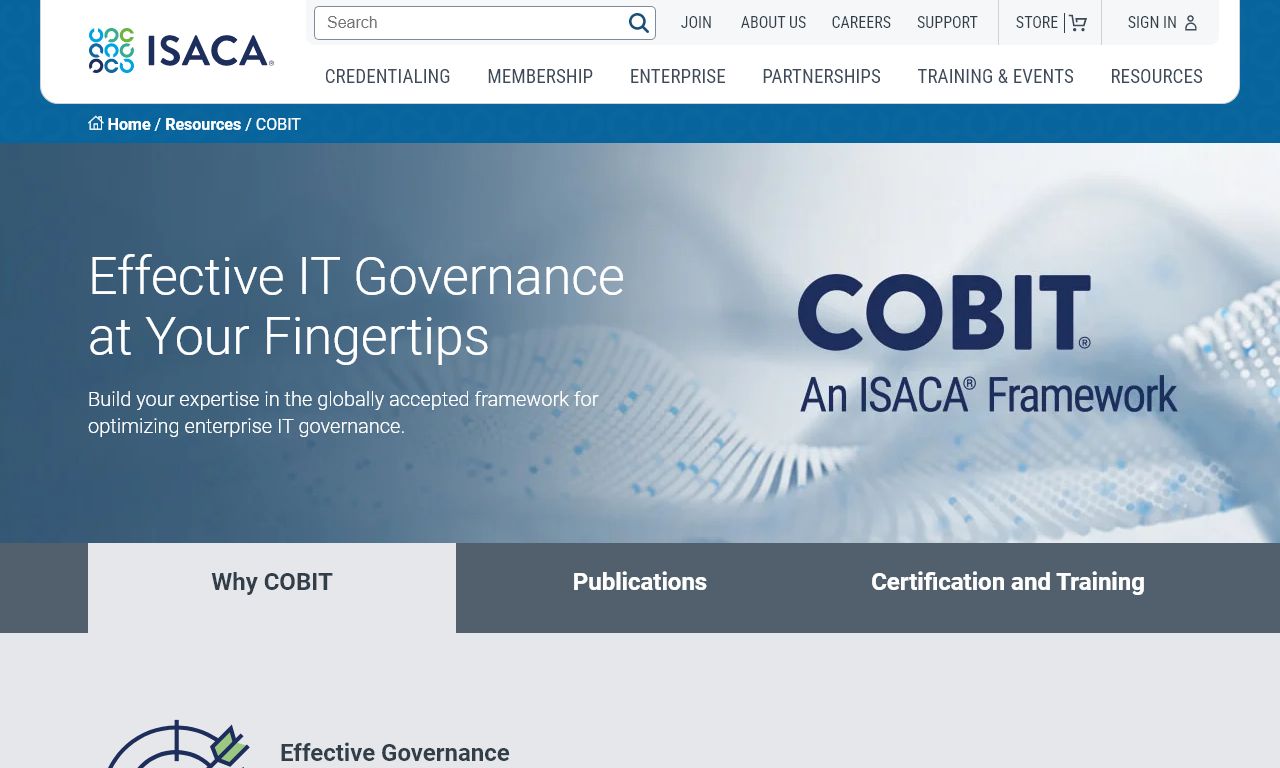Active recall is a proven learning technique where you test yourself on material rather than passively reviewing it.
What Makes Active Recall Different?
Unlike simply reading or highlighting notes, active recall forces your brain to retrieve information without looking at the source material.
Benefits of Active Recall:
- Strengthens memory pathways
- Identifies knowledge gaps quickly
- Improves long-term retention
- Reduces study time
- Builds confidence for exams
Practical Ways to Use Active Recall
Create flashcards (physical or digital using apps like Anki or Quizlet) to test yourself regularly.
Write practice questions at the end of each study session.
Explain concepts out loud without looking at your notes.
Draw mind maps from memory, then compare with your original notes.
Digital Tools for Active Recall:
| Tool | Best For | Cost |
|---|---|---|
| Anki | Spaced repetition flashcards | Free (desktop), $25 (iOS) |
| Quizlet | Collaborative study sets | Free basic, Premium from $35.99/year |
| RemNote | Note-taking with built-in recall | Free basic, Pro from $6/month |
Creating an Active Recall Study Schedule
Set aside 20-30 minute blocks for active recall practice, followed by 5-minute breaks.
Sample Study Template:
- Review new material (10 minutes)
- Close notes and self-test (15 minutes)
- Check answers and identify weak areas (5 minutes)
- Take a break (5 minutes)
Common Mistakes to Avoid
- Testing yourself too soon after learning new material
- Not checking answers to confirm understanding
- Focusing only on easy topics
- Waiting until exam time to start active recall
Measuring Progress
Track your recall success rate to identify improvement areas and adjust your study strategy.
Quick Tips for Success:
- Start with easier questions to build confidence
- Use varied question formats
- Review missed questions more frequently
- Combine active recall with spaced repetition
Contact educational psychologist Dr. Sarah Thompson ([email protected]) for personalized study strategy consultations.
Optimizing Your Active Recall Practice
Customize your active recall sessions based on subject matter and learning style. Use a mix of written, verbal, and visual recall methods.
Advanced Techniques:
- Create concept maps from memory
- Record voice explanations
- Teach concepts to others
- Write summary essays without notes
Integrating Technology
Use learning analytics from digital tools to track progress and adjust study methods. Set up automated reminders for regular practice sessions.
Mobile Learning Tips:
- Use commute time for flashcard review
- Record voice notes for later recall practice
- Set up push notifications for study reminders
Conclusion
Active recall transforms passive studying into an engaging, effective learning process. Regular practice with this technique leads to better retention, deeper understanding, and improved academic performance.
Key Takeaways:
- Practice regularly with varied methods
- Use technology to enhance learning
- Track progress and adjust strategies
- Combine with other proven study techniques
FAQs
- What exactly is active recall and how does it differ from passive learning?
Active recall is a learning technique where you actively try to remember information without looking at your notes, while passive learning involves re-reading or highlighting without testing yourself. Active recall forces your brain to retrieve information, strengthening neural pathways and improving long-term retention. - How often should I practice active recall during my study sessions?
You should incorporate active recall every 20-30 minutes during study sessions. After learning new material, take short breaks and test yourself on what you’ve just learned, then review again after 24 hours, 1 week, and 1 month for optimal retention. - What are the most effective active recall methods for exam preparation?
The most effective methods include creating and answering practice questions, teaching concepts to others, making flashcards, writing summaries without referring to notes, and completing past exam papers without using study materials. - Can active recall be combined with other study techniques?
Yes, active recall works excellently with spaced repetition, mind mapping, the Feynman Technique, and concept mapping. Combining these methods enhances learning effectiveness and helps create stronger memory connections. - Why is active recall more effective than highlighting and re-reading notes?
Active recall is more effective because it simulates exam conditions and strengthens memory retrieval paths. Highlighting and re-reading create a false sense of knowledge mastery and rely on recognition rather than recall. - How can I implement active recall in digital learning environments?
Use digital flashcard apps like Anki or Quizlet, create online quizzes, utilize learning management systems’ quiz features, or record yourself explaining concepts and play them back to check accuracy. - What are the signs that active recall is working effectively?
Signs include improved test scores, ability to explain concepts without references, reduced study time needed for retention, increased confidence in subject matter, and better performance in real-world applications of knowledge. - How does active recall help with long-term memory retention?
Active recall strengthens neural pathways through repeated retrieval practice, making information easier to access later. It creates stronger memory traces than passive review, leading to better long-term retention and recall. - What should I do if I can’t recall information during practice?
If you can’t recall information, check your notes, understand where the gap is, then create more specific practice questions. Focus on troublesome areas and increase frequency of testing on these topics. - How can I track my progress with active recall?
Keep a log of topics tested, success rates, and areas needing improvement. Use spaced repetition software to track performance, or maintain a study journal to document progress and identify patterns in learning.










